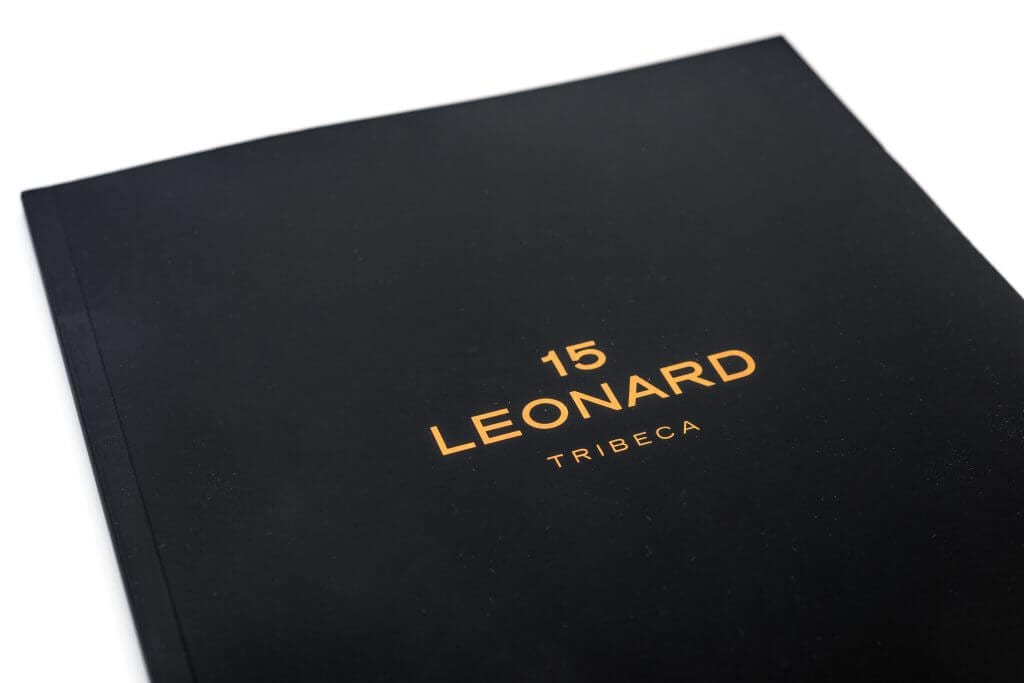
The media, in this case, the paper does not get into direct contact with the plates, and this makes the plates last longer.
Offset printing produces high and consistent image quality, and the process is familiar when creating small, medium or high-volume print jobs.
In the NYC printing industry today, there are two types of offset printing.
Web-Fed vs Heatset Web Offset Printing
Web-fed Offset refers to the use of rolls of paper that are fed to the printing press.
Typically runs to the excess of 10 thousand impressions are produced. Examples are National Newspapers, Magazines, Books, and Catalogues.
Web-fed presses are profitable in long term printing jobs. But the heatset web offset method uses inks which dry by evaporation on coated papers, where the ink is deposited on the surface.
As the name implies, a lot of heat is involved, and other mechanical devices are applied to “cool” the papers once they leave the press.
Offset versus Digital printing
But what are the chances of an offset printing company in NYC switching from traditional offset printing to digital printing?
For aspiring print customers, the difference between digital printing and offset printing is that digital printing is ideal for short run printing while offset is best for high volume printing.
Indeed, both types of printing produce high-quality work that is suited for high-end publications and even large format printing. Products are high in quality that satisfies all the main requirements of the modern-day print industry.
And the major factors that make an offset printing company choose one over the other is largely the volume of print as well as the niche project requirements.
There is another consideration, such as color capabilities and the different sheet sizes.
What is digital printing?
Digital printing is a method of printing that involves laser and ink-jet processes. An image is sent directly to the printer using specialized software, such as InDesign and Illustrator.
In digital printing, no plates are required like they do in an offset printing company.
The images used in digital printing are stored files such as PDFs.
With the elimination of printing plates, digital printing enabled offset printing companies to achieve fast turnaround times, as well as print o demand.
How digital printing works compared to offset printing
- Before your digital file (document or image), is sent to the printer, it is first converted into TIFF, BMP or JPEG file types.
These are called bitmaps or raster images. - The ink-jet printer then creates your image by mapping tiny drops of ink onto the paper and make up the image.
- The ink drops are between 40-60 microns.
- The digital printer itself uses toner. Most are tone-based, and this enables the printed image to come out dry.
- Toner is a fine, plastic-based powder. And when it’s heated inside the printer, it melts into the paper.
- The dots created by the toner are much smaller than ink-jet drops.
- Small dots, therefore, result in greater DPI (Drops per inch) in the display space and this in creating a clearer image.
An advantage that digital printing has over offset litho is that it’s possible and easy to change your prints.
If you need two smaller images, for instance, you can edit and print both in no time.
Whereas in litho, you end up creating two separate plates for each image, which is tedious, cumbersome and time-consuming.
Again, in digital printing, your prints come out dry whereas in litho they’ll need to be dried first before cutting and collating.
What companies can benefit from digital printing and offset print services NYC?
Here is a list of businesses in New York City that can take advantage of digital printing:
- Book publishers, catalog, newspaper publishers and magazine publishing companies.
- Desktop publishing. Homes and offices can easily print content without huge capital outlay, using portable printers.
- Advertising companies.
- Postcard companies, business card companies, flyer companies, banner companies.
- Textile and clothing companies.
- Variable data printing companies use database-driven prints for mass personalization.
- Companies dealing in fine art. Archival digital printing methods that include real photos paper exposure and other prints on watercolor paper using pigment inks.
- Children’s books companies. Children’s books customized with the child’s name, photo, etc.
- Architectural companies use digital printing to customize their architectural drawings, plans, and draft content.
Here is an example of how digital printing can be applied to fabrics.
Simply put, digital textile printing involves printing digital files onto clothing material, materials where the printing process works much like the typical desktop ink-jet printer.
The inks used for digital printing must first be formulated for each type of fabric: Cotton, nylon, polyester, silk, etc. The fabric is fed through the printer using rollers, and the ink is then applied to the surface in the form of thousands of tiny droplets.
The material is then passed through a heating medium where steam is used to cure the ink before finally washing the ink remnants and drying the fabric.
The digitally printed clothing will wash and wear same as other pieces of clothing.
Contact Us Regarding Your Offset Printing and Digital Printing Needs
VSLPrint is the expert in NY printing services like digital, large format and offset printing .
Whatever your project, we have the latest technology and expertise to create the perfect results.
Contact us today to speak with one of our print specialists about your next project.

